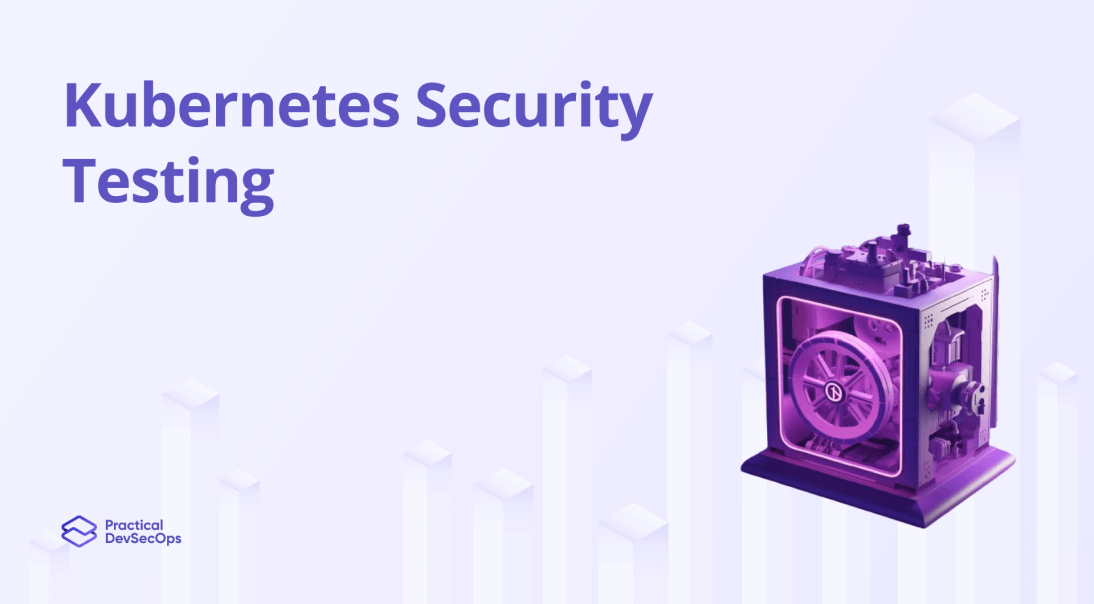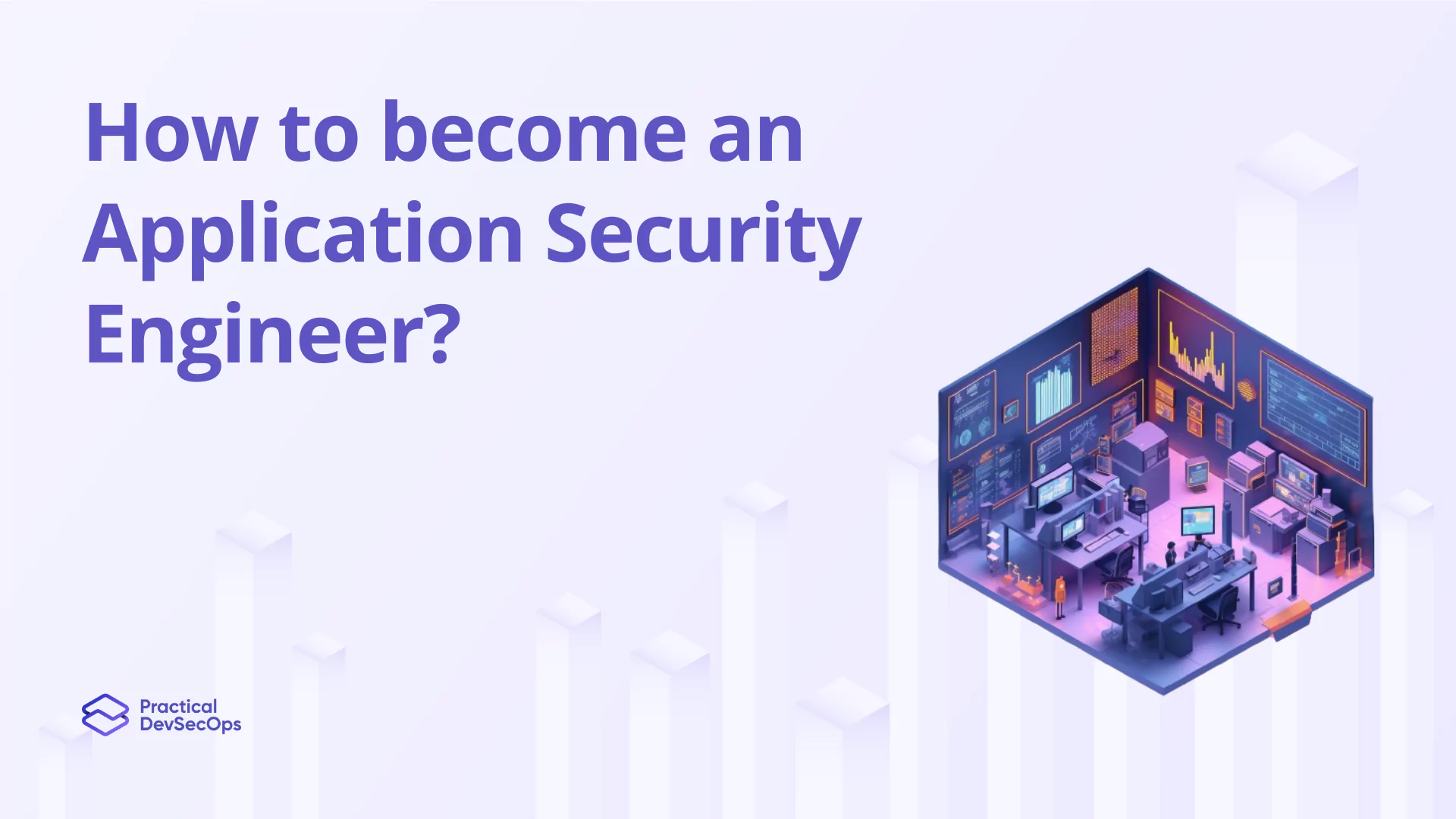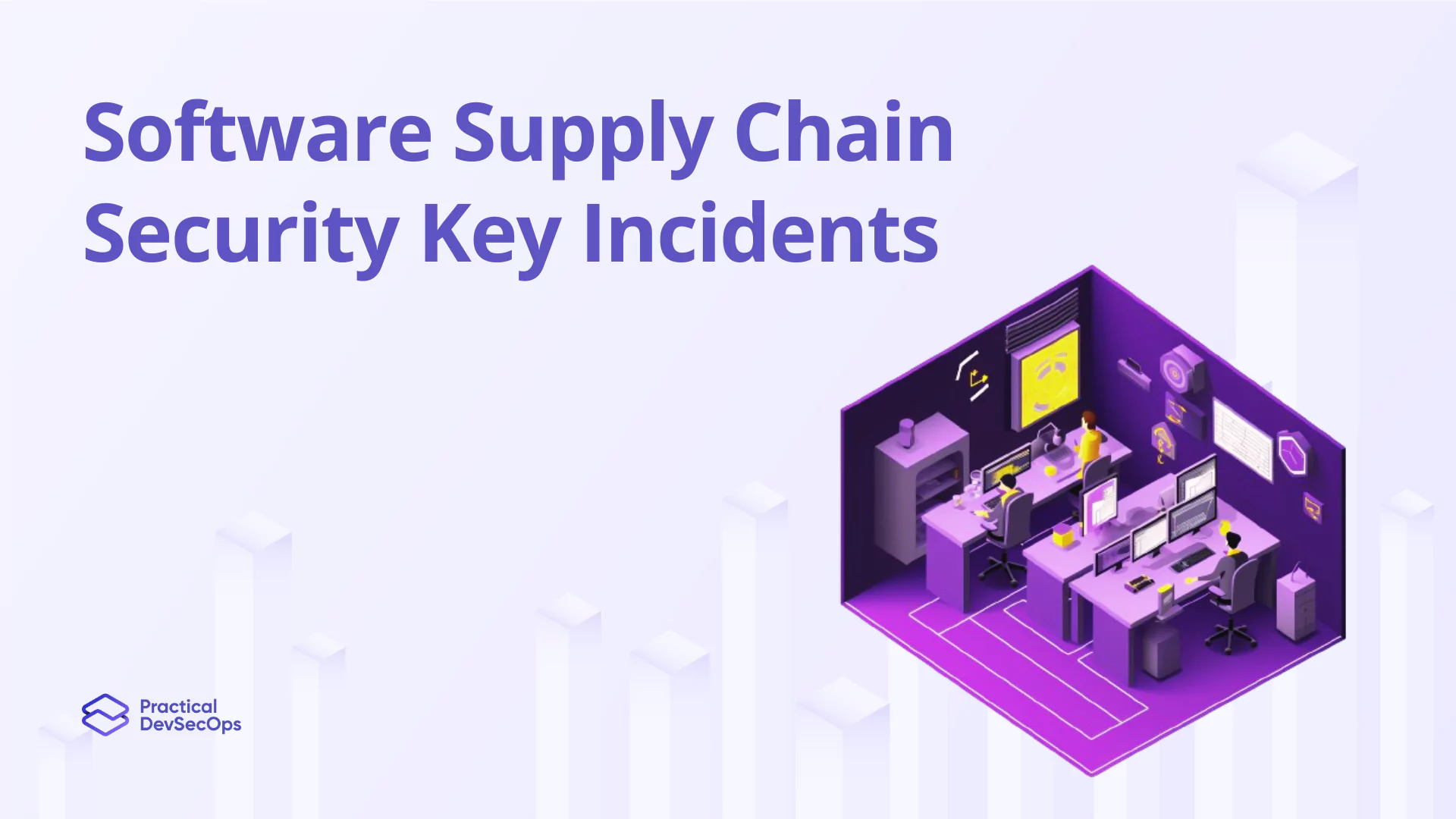As organizations rely on Kubernetes to manage their containerized applications, it becomes critical to assess the security of their Kubernetes deployments. Kubernetes security testing plays a fundamental role in identifying vulnerabilities and ensuring the resilience of your cluster against potential threats. In this article, we will explore the importance of Kubernetes security testing and discuss best practices to strengthen the security posture of your Kubernetes environment.
The Significance of Kubernetes Security Testing
Kubernetes security testing involves evaluating the security measures implemented within a Kubernetes cluster. By subjecting the cluster to various security tests, organizations can identify weaknesses and vulnerabilities that attackers could exploit. This type of testing helps in:
- Detecting Configuration Errors: Kubernetes clusters consist of numerous components and configurations that need to be properly set up. Security testing helps identify misconfigurations and ensures that the cluster is compliant with security best practices.
- Identifying Zero-Day Vulnerabilities: Zero-day vulnerabilities are the newly discovered vulnerabilities that are unknown to the public and, therefore, do not have any patch available. Security testing enables organizations to proactively identify potential zero-day vulnerabilities within their Kubernetes deployments and take appropriate measures to mitigate them.
- Assessing Security Controls: Kubernetes offers several security controls like role-based access control (RBAC), pod security policies (PSPs), and network policies. Security testing helps evaluate the effectiveness of these controls and ensures that they are correctly enforced within the cluster.
Best Practices for Kubernetes Security Testing
To ensure thorough and effective security testing of your Kubernetes deployment, consider the following best practices:
1. Start with a Security Assessment
Perform an initial security assessment to understand the overall security posture of your Kubernetes cluster. This assessment can include a review of configuration settings, cluster architecture, and access control mechanisms. Identify potential risks and prioritize them based on their impact and likelihood.
2. Perform Vulnerability Scanning
Utilize vulnerability scanning tools to identify known vulnerabilities in your Kubernetes cluster. These tools can assess container images, Kubernetes components, and underlying infrastructure for any known security weaknesses. Regularly scan and update your cluster components to mitigate known vulnerabilities.
Also Read, Why Kubernetes Vulnerability Scanning is Important and How Does it Work
3. Test Access Controls
Evaluate the effectiveness of access controls within your Kubernetes cluster. Test RBAC policies by attempting to access resources from unauthorized user accounts. Ensure that permissions are properly defined for different roles and service accounts. Consider simulating various scenarios, such as user impersonation, to identify potential security gaps.
4. Test Pod Security
Assess the security of your pods within the Kubernetes cluster. Test the enforcement of pod security policies (PSPs) to ensure that containers are running with the appropriate security context. Verify that privileged containers and host mount access are restricted appropriately to minimize security risks.
Also Read, Kubernetes Interview Questions & Answers- Must Know!
5. Evaluate Network Security
Examine network security configurations within your Kubernetes cluster. Test network policies to ensure they restrict communication between pods and namespaces effectively. Assess the use of secure communication protocols like Transport Layer Security (TLS) and the correct implementation of authentication and authorization mechanisms.
Also Read, Best Kubernetes Books
6. Perform Penetration Testing
Consider conducting penetration testing to simulate real-world attacks against your Kubernetes cluster. Engage experienced security professionals who can identify potential vulnerabilities and assess the cluster’s ability to withstand attacks. This involves attempting to exploit vulnerabilities, escalating privileges, and accessing unauthorized resources.
Also Read, Best Tools for Kubernetes Security
7. Implement Secure DevOps Practices
Integrate security into your DevOps practices to ensure that security testing is an ongoing process. Incorporate automated security testing into your CI/CD pipeline to identify vulnerabilities early in the development lifecycle. Continuously monitor and update your cluster’s security controls as new vulnerabilities are discovered.
Also Read, Kubernetes Security Best Practices
Real-World Example: Securing a Production Kubernetes Cluster
Imagine a company running a production Kubernetes cluster hosting multiple customer-facing applications. To ensure the security of their cluster, they perform routine vulnerability scanning, conduct access control tests, and evaluate network security configurations. Additionally, they conduct penetration testing regularly to identify any potential security weaknesses and proactively address them. By implementing these security testing measures, the company can consistently strengthen the security of their Kubernetes cluster and protect their applications and data.
Also Read, Top DevSecOps Tools for Kubernetes
Conclusion
Kubernetes security testing is essential to ensure the resilience and integrity of your cluster infrastructure. By following best practices and incorporating security testing into your regular maintenance routines, you can identify and address vulnerabilities in your Kubernetes deployment proactively. Remember that security testing is an ongoing process, requiring continuous assessment and improvement to stay ahead of emerging threats. By prioritizing the security of your Kubernetes cluster, you can safeguard your applications, strengthen your organization’s security posture, and protect valuable assets from potential cyber threats.
Interested in Kubernetes Security Hands-on Training?
You can get trained in Kubernetes security by enrolling in our Cloud-Native Security Expert (CCNSE) course, which provides hands-on training in important concepts of Kubernetes security, such as:
Hacking Kubernetes Cluster, Kubernetes Authentication and Authorization, Kubernetes Admission Controllers, Kubernetes Data Security, Kubernetes Network Security, Defending Kubernetes Cluster.
Course Highlights:
- Hands-on training through browser-based labs
- Vendor-neutral course
- 24/7 instructor support
- CCNSE Certification is among the preferred for Kubernetes security roles by global organizations
Get Free E-books on Kubernetes Security 101






0 Comments